Rail and Ale Festival on the popular Statfold Barn Railway
Posted by Chris Graham on 5th December 2023
David Reed reports on the recent Rail and Ale Festival that attracted large crowds to the Statfold Barn Railway, in Staffordshire.
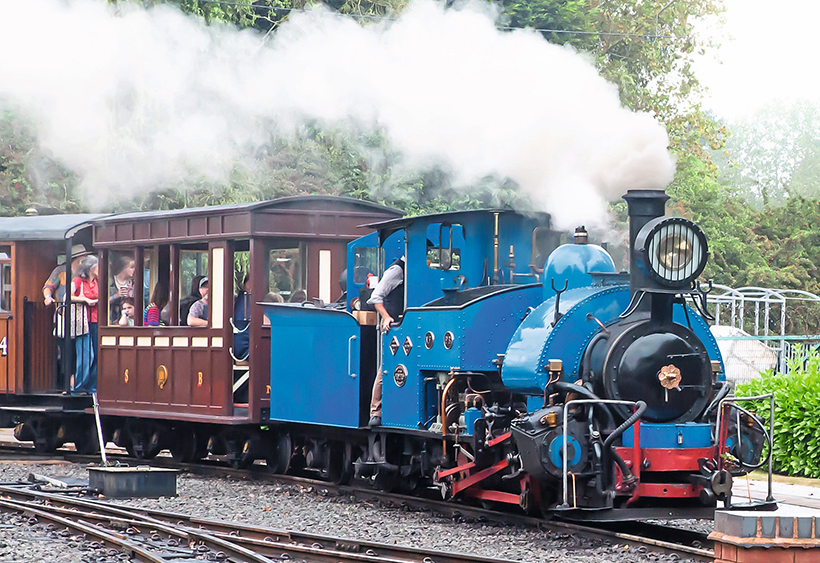
Rail and Ale Festival: Seen leaving the station on a passenger train was Darjeeling Himalayan Railway 19B, with another train.
This year the Statfold Barn Railway, which can be found at Statfold Country Park that’s near Tamworth, in Staffordshire, operated from Wednesdays to Sundays until the end of October, which was a major change for this popular attraction.
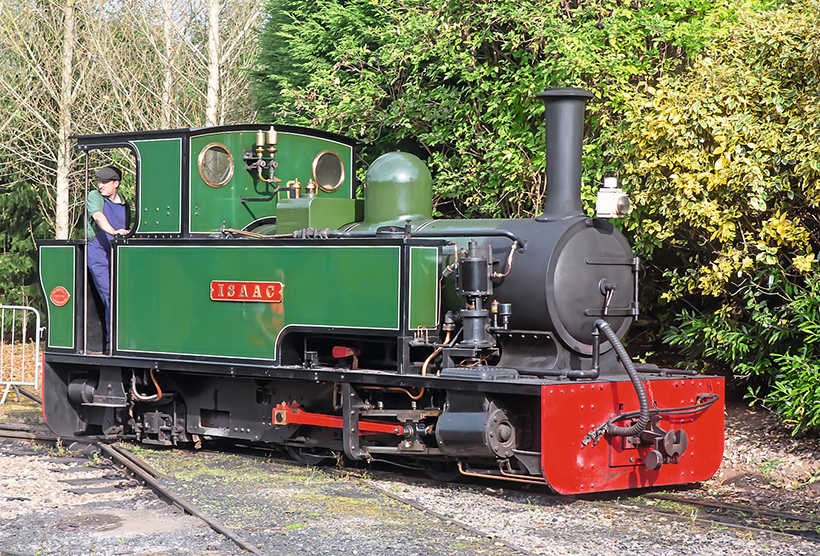
After running up and down the track on dozens of occasions as part of its ‘Driver for a Fiver,’ 1953 WG Bagnall, 0-4-2T Isaac is brought onto the shed for a well-deserved rest.
Here steam was not restricted to the railway locomotives that were in action. Around 25 full-sized traction engines and rollers were to be seen, complemented by 20 or so miniatures that were also popular exhibits over the weekend.
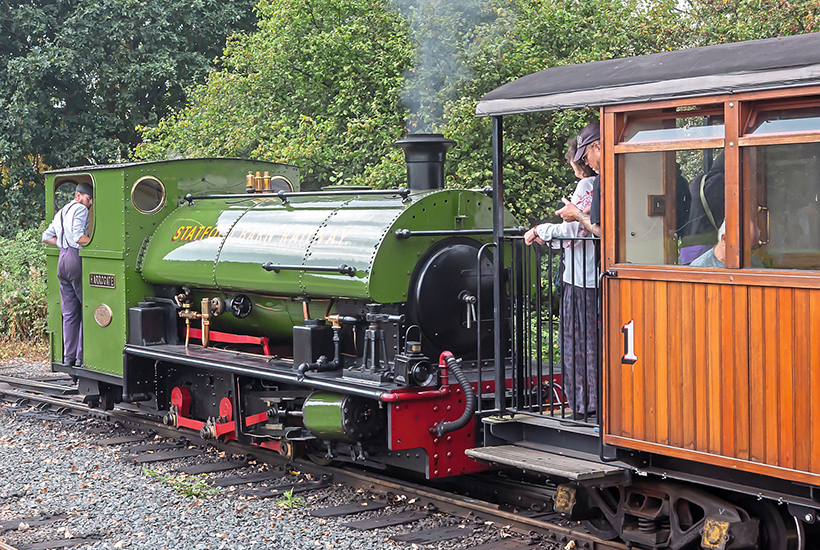
Seen on passenger duties was 1944 Peckett & Sons of Bristol 0-6-0ST No. 2050 Harrogate which was built for the town’s gas work.
A couple of the engines were Statfold residents, including Martin Pearson’s 1910 Burrell 5nhp showman’s engine which started life as a Devonshire road loco and is numbered 3202. The Burrell spent much of its life before retirement in Devon working in the timber trade before moving to Hampshire during the war years. It later passed to Jessie Vine, and after several other owners, it was bought by Martin in 1964, being seen for the first time in 60 years during 2020.
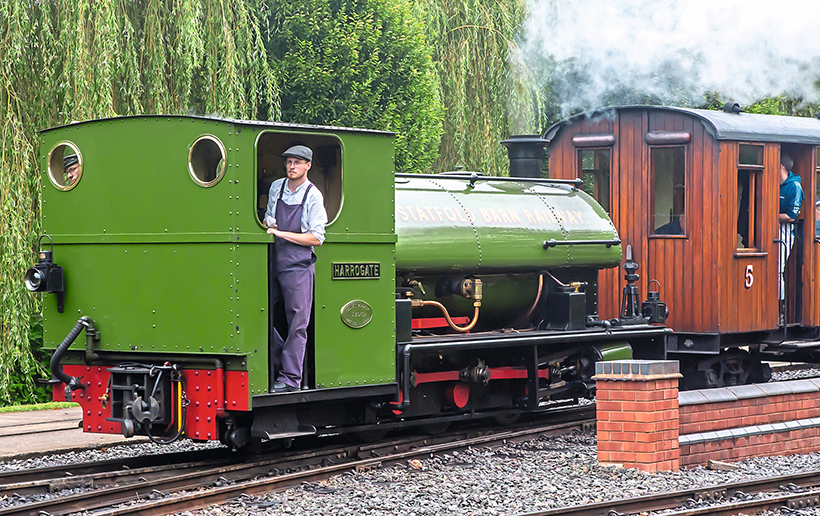
1944 Peckett & Sons of Bristol 0-6-0ST No. 2050 Harrogate was seen on many passenger trains during the day. Here the crew look out as the train moves away from the station.
Also seen was 1927 Wallis & Steevens Class SY roller No. 7939 Alex that is also a Statfold resident. This roller was exhibited at the impressive sounding British Engineer, Public Works & Engineering Exhibition in Islington, it was bought by Parrys of Putney and worked in London.
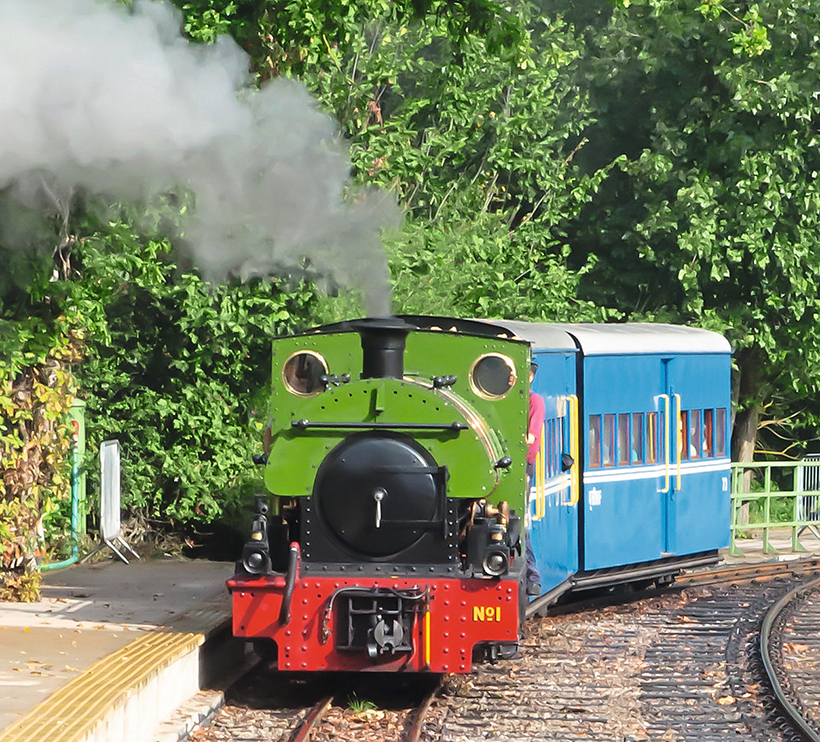
1944 Peckett & Sons of Bristol 0-6-0ST No. 2050 Harrogate enters the station pulling the two replica Darjeeling coaches that usually accompany the Darjeeling Himalayan Railway 19B.
But the highlight of the day had to be when all of the engines got together for a ‘whistle off,’ an amazing sound, and sight, with even a couple of locomotives on the railway joining in for good measure.
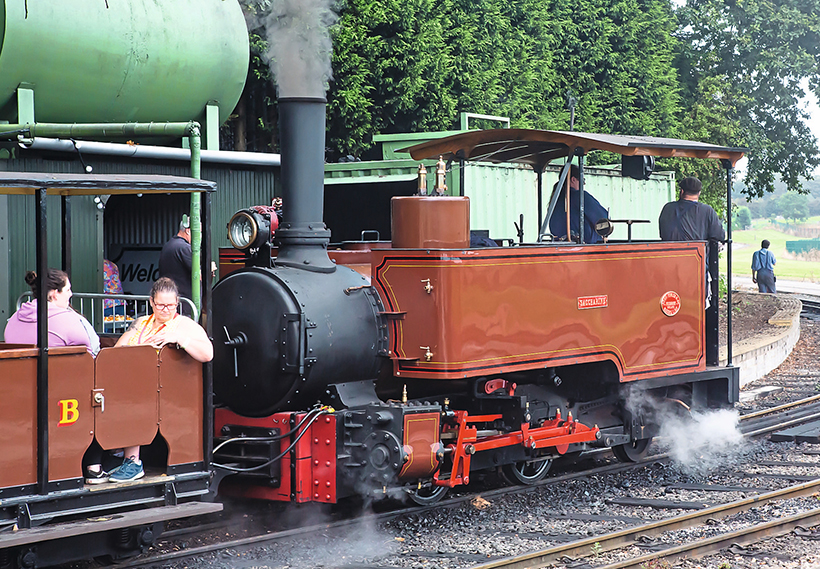
About to leave the station was 1912 Fowler 0-4-02T No. 13355 Saccharine, which worked on the sugar cane plantation railway of Natal Estates in South Africa.
Of course steam was not just restricted to the engines on show, several of the Statfold Barn Railway’s railway locomotives were in action, providing trips around the extensive network during the weekend.

Seen about to reverse onto its next train is 1914 Hudswell Clarke 0-4-0ST No.1056 Lukata No.19 which arrived at Statfold in 2012, after being repatriated from Fiji.
Among the locomotives on duty was French-built Corpet 0-6-0PT No 439 Minas de Aller No.2, the oldest narrow-gauge locomotive at Statfold and their only French-built one for that matter. It is fitted with Brown’s valve gear and indirect drive to the coupled wheel via a rocker arm, and was one of six similar engines used by the same company at a Spanish coal mine. It remained in use until the late 1960s before being preserved in Spain.

Waiting for its next tour of duty is 1945 Bagnall 4-4-0T No 2820 Isibutu, which was standing outside the signal box preparing to reverse onto its train in the station.
Also on duty was Lukata No.19 which arrived at Statfold in 2012 after being repatriated from Fiji. This 1914 Hudswell Clarke 0-4-0ST No.1056 worked on Fiji’s largest sugar mill at Laukata, it was used to transport bagged sugar from the mill to the shipping wharf, being withdrawn in 1960.
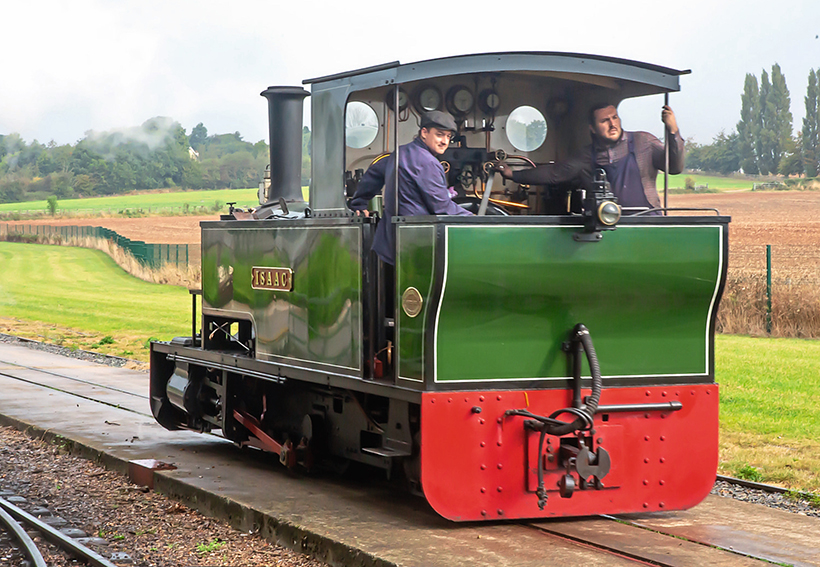
On ‘Driver for a Fiver’ duties was 1953 WG Bagnall, 0-4-2T Isaac that was used at Rustenburg Platinum Mines in South Africa. There was no shortage of customers.
Then came 1944 Peckett & Sons of Bristol 10-6-0ST No. 2050 Harrogate which was built for the town’s gas works, it was used to transport coal from then NER exchange sidings at Bilton. Following the closure of the line in 1956, Harrogate spent some time at the Ffestiniog Railway before moving to Statfold, while 1945 Bagnall 4-4-0T No 2820 Isibutu was also in action. This loco was bought by The Tongaat Sugar Company in South Africa, returning to the UK in 1972.

1898 Hunslet 0-4-0WT Jack was used to haul clay in wooden tubs from the pit to the works. It was seen in the museum at Statfold.
This wasn’t the only Bagnall on site, 1953 0-4-2T Isaac was also in steam, a locomotive that was used at Rustenburg Platinum Mines in South Africa. For those with a sense of adventure, this locomotive was available to ‘Drive for a Fiver’ with no shortage of prospective engineers up for the challenge.
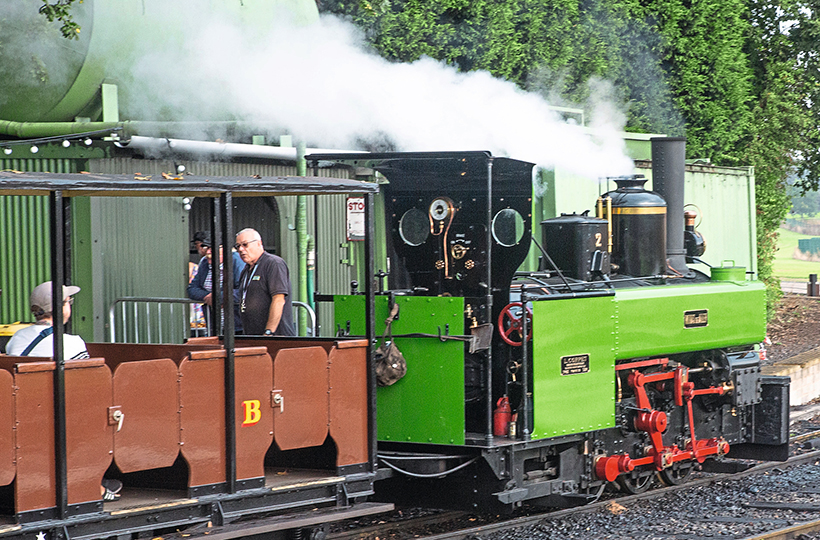
Waiting to move off from one of the stations is French-built Corpet 0-6-0PT No. 439 Minas de Aller No.2, the oldest narrow-gauge locomotive at Statfold.
Also seen working hard was 1912 Fowler 0-4-02T No. 13355 Saccharine which was employed on the sugar cane plantation railway of Natal Estates in South Africa, returning to the UK in 1978, while unsurprisingly getting a lot of attention was 1909 Beyer-Peacock K1. Always a popular locomotive, it worked for the North-East Dundas Tramway in Tasmania before its return to the UK. Here it spent time at the Ffestiniog Railway, the National Railway Museum in York and the Welsh Highland Railway where it was restored, before eventually passing to Statfold in 2019.
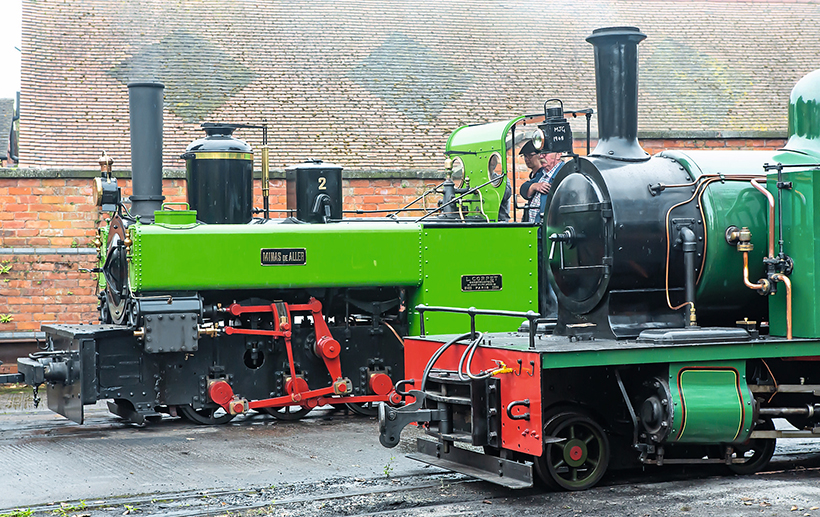
Some of the locomotives on shed towards the end of a long day.
But arguably most popular of all was Darjeeling Himalayan Railway 0-4-0SWTT No. 19B which was built in 1889 by Sharp Stewart & Co. as No. 3518. The locomotive was bought by The Darjeeling Tank Locomotive Trust from the late Adrian Shooter CBE’s Beeches Light Railway auction near Banbury last June. The 19B is to be based at the Statfold Barn Railway, with founder Graham Lee doing the bidding for the trust, who had raised £300,000 from its inception in January to buy the locomotive. The Trust’s successful bid of £250,000 plus buyer’s premium won the day, with the two replica Darjeeling coaches, that sold for £20,000 and £15,000 respectively, also being bought to give the locomotive an even more authentic look.

Seen powering uphill through the rain is 1912 Fowler 0-4-02T No. 13355 Saccharine on another passenger train.
Withdrawn from service in 1962, it became the only ‘B’ Class locomotive to leave India, being sold and exported to a private owner in the USA before it was acquired by the Hesston Steam Museum near Chicago. It returned to the UK in 2003. The locomotive’s boiler ticket runs out early next year, with a full overhaul following; then there is the possibility of the 19B touring other railways in the future.
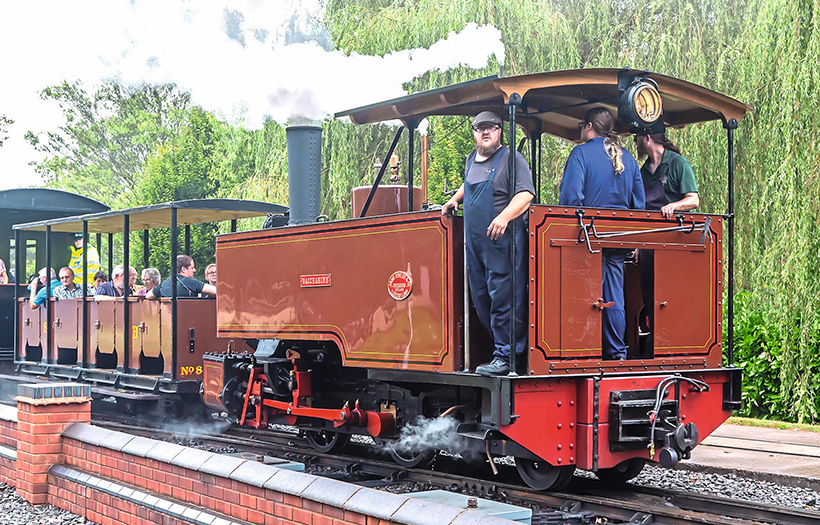
Seen pulling away from the main station is 1912 Fowler 0-4-02T No. 13355 Saccharine.
Seeing it in steam at Statfold was a wonderful sight, especially when it was pulling a set of Darjeeling Himalayan coaches which were also part of the auction, something not to be missed.

Waiting to back onto its train at the main station is French-built Corpet 0-6-0PT No 439 Minas de Aller No.2, the oldest narrow-gauge locomotive at Statfold.
The event also welcomed a great selection of cars, commercials and tractors, with a number of buses to be seen too. Many of the buses are based at the Transport Museum which houses a number of American commercial vehicles, with Transport Museum Wythall partnering Statfold to provide the public transport element of its new facility. Now free bus trips are organised with journeys into nearby Tamworth, and the odd mystery tour is available.
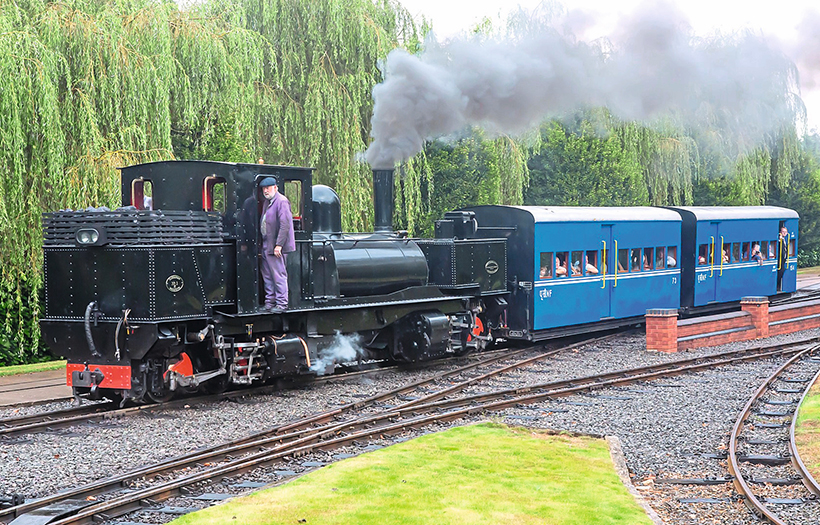
Seen heading back to the main station is 1909 Beyer-Peacock K1 with a rake of Darjeeling coaches.
Of course there is the railway museum itself, with numerous locomotives there to inspect around the central turntable, engines that have worked all over the world at one time but are now saved for posterity at Statfold.
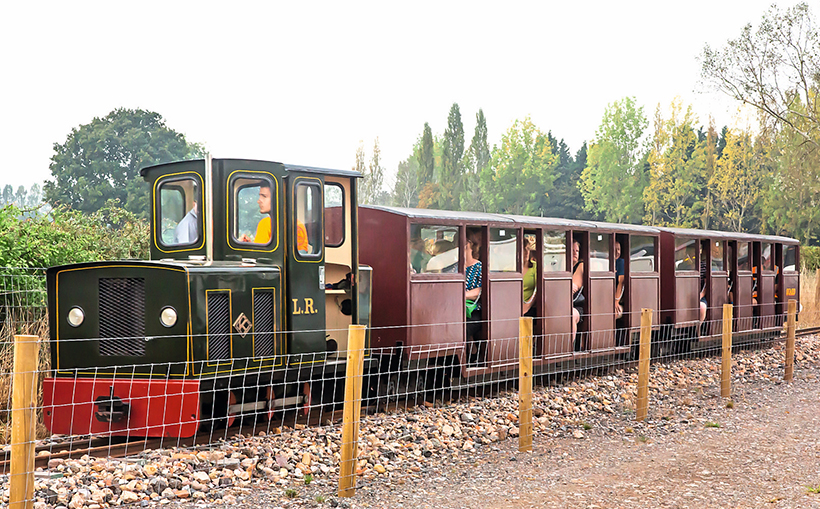
Heading out to the woodland trail on Mease Valley line is with 2005 Alan Keef 0-6-0 DH locomotive No.73 with another train-load of passengers.
The Statfold Barn railway is always moving forward with new attractions, especially for families. Now in operation is the half-mile 12¼in gauge Mease Valley line with 2005 Alan Keef 0-6-0DH locomotive No.73 on duty, a line that takes visitors to Mallard Halt near to the railway’s woodland nature trail and lakeside walks. This line was exceptionally busy during my visit, with numerous families taking the opportunity to explore the area, while for younger visitors there is the Fellumpa village that is situated in the balloon loop at the end of the main line. Here a series of thatched cottages are home to the Fellumpas, a colourful family group who have lived in the woods for several years, while also in the vicinity are the Wortles who look after the local environment.
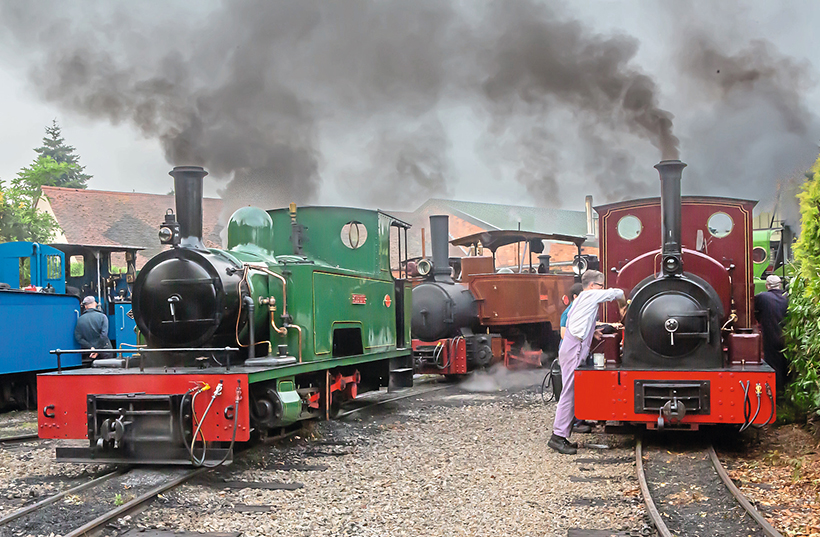
There was lots of activity in the shed area getting the locomotives ready for the day’s work.
To develop the theme, a children’s book has been written by Statfold founder Graham Lee, while for older children, the soft play area is a must. Here the main challenge is the five themed walls all towering 7.5 metres, so both children and adults can reach exciting heights with climbs varying in difficulty, while the bravest can tackle the ‘Stairway to Heaven’ where a ‘leap of faith’ is needed to get back down.

Seen in the museum is the 1923 Orenstein & Koppel 0-6-0 No. 10750 Max that worked at the Sragi sugar mill on the Indonesian island of Java.
The railway also hosts a number of events throughout the year, including a miniature traction engine weekend that can attract up to 100 engines, while the Summer Spectacle of Steam is always a popular event. Other attractions include a Retro Roller Disco that is open on certain days, a model railway show, the October Spooktacular, and of course their Santa Specials.

Known as Lautoka No 11, this 1912 Hudswell Clarke 0-6-0 was built for the Colonial Sugar Refining Co Ltd in Fiji, and is seen in Statfold’s museum.
Even if you have been before, there is likely to be something new to enjoy, as well as riding on the trains themselves. One thing is for sure, there is always something going on at Statfold.
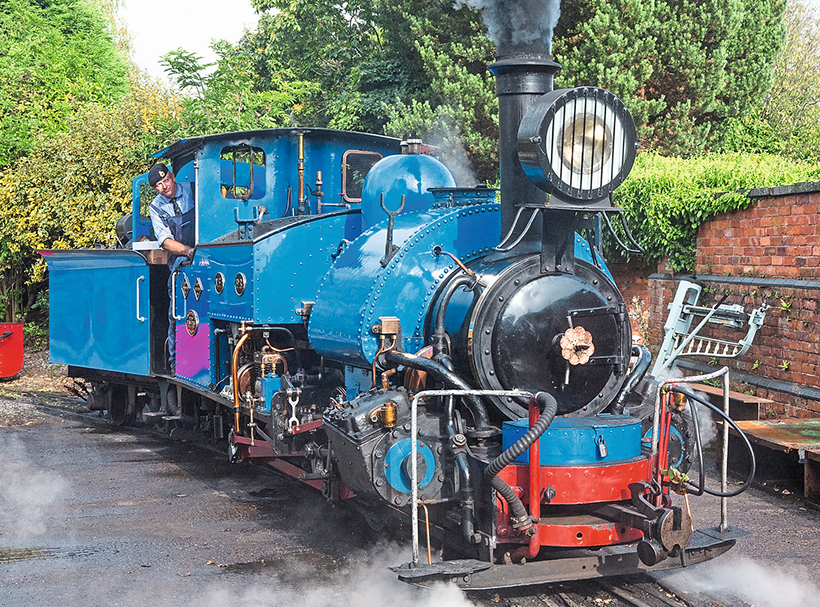
Darjeeling Himalayan Railway 19B was built in 1889 by Sharp Stewart & Co as No. 3518. It is seen on shed after a long weekend having just hauled its last passenger train to the station.
This feature comes from the latest issue of Old Glory, and you can get a money-saving subscription to this magazine simply by clicking HERE
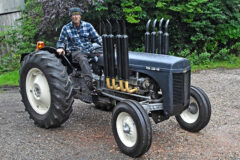
Previous Post
This is certainly no ordinary 1953 TE-D 20!
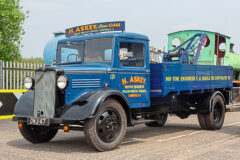
Next Post
We visit the excellent South Yorkshire Transport Museum



